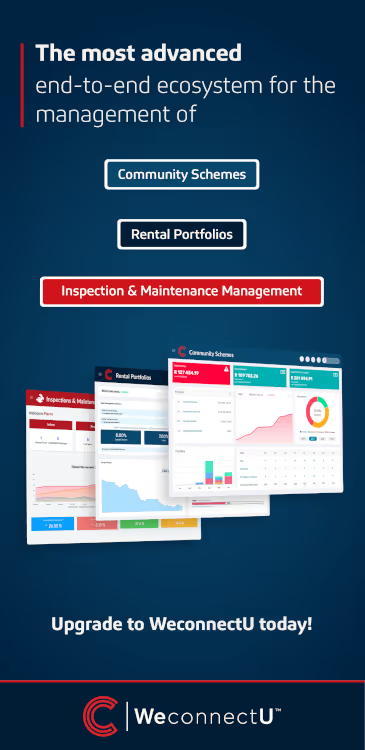Shared Property Models are reshaping SA Real Estate
Top Takeaways
- Co-living, co-leasing and co-investing offer cost-effective access to prime locations.
- Multi-let and shared ownership models drive higher yields and reduced risk.
- Clear legal agreements are vital to avoid disputes in shared arrangements.
Understanding the 3 Shared Property Models
1. Co-Leasing – Joint Tenancy, Shared Risk
Co-leasing involves two or more people signing one lease, sharing equal legal and financial responsibility.
Key Points:
- All tenants should sign a sub-agreement covering financial splits, deposits, early exits, and replacement processes.
- If one tenant leaves, a new contract must be drafted.
- Treat the agreement like a business deal – even between friends.
2. Co-Investing – Collective Ownership, Reduced Entry Costs
This model allows two or more parties to buy a property together, sharing capital, responsibilities, and profits.
Essentials to Define:
- Ownership percentages and who contributes what.
- How profits, losses, maintenance, and tenants are handled.
- Exit clauses and dispute resolution mechanisms.
Smee warns: “Too many informal arrangements end in disputes. A formal legal agreement is non-negotiable.”
3. Co-Living – Shared Space, Private Lives
In co-living setups, people share a home with private bedrooms and communal areas.
Important Agreements should include:
- Cost breakdowns for rent, utilities and services.
- House rules, cleaning duties and guest policies.
- Procedures for someone exiting the arrangement.
“All shared households should formalise rules to avoid unnecessary friction,” says Smee.
“Shared models are gaining traction across all age groups. With the right legal safeguards, they open the market to more South Africans.” Says Grant Smee founder of Only Realty.
The Changing Property Landscape
With rents reaching a 7-year high and affordability still a concern, these models are unlocking flexible, lower-risk ways to enter the property market. Investors benefit from better yields in multi-let setups, while tenants access well-located homes they may otherwise not afford.
As Smee concludes:
“Co-investing, co-leasing and co-living are not just trends, they’re reshaping how we live and invest in real estate. But they must be underpinned by planning, professionalism, and strong agreements.”


Share





.avif)

.avif)


.avif)

.avif)




.svg)


.avif)

.avif)







%20.avif)








.avif)
%20.avif)
